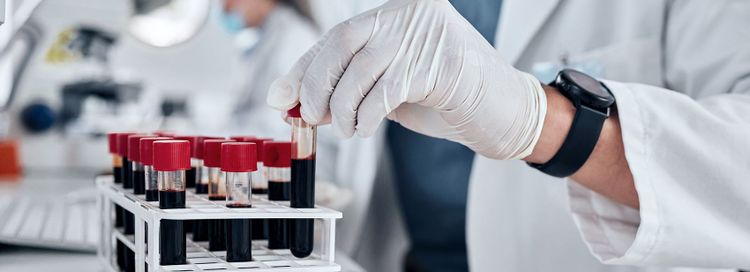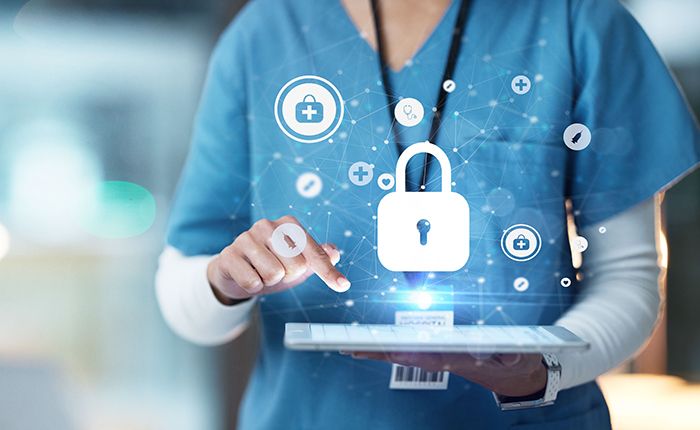June 7, 2023
When critical and urgent test result notifications are needed, speed, organization and efficiency are essential. Ensuring providers receive timely notification of results enables the patient to receive immediate and appropriate care. It also helps the lab meet service-level agreements and maintain strong relationships with providers.
However, critical and urgent notifications do not come without significant effort and coordination by the lab. Failure to notify providers in a timely fashion can lead to diagnostic errors, missed treatment and liability claims. The key for labs to avoid these pitfalls is collaboration across teams and departments.
Collaborating to ensure critical and urgent results are identified
First and foremost, it’s critical that staff across the lab—technicians, analysts, service reps, etc. are aware of the critical and urgent thresholds. Ideally, technology will be in place to trigger and alert when a test result crosses these thresholds and all appropriate staff will be notified. This ensures that critical and urgent results are not missed.
Collaborating to ensure the right staff have the right information
It’s equally important that teams collaborate across departments to ensure the right staff has the right information to notify providers of the results. The handoff of information as fast as possible from the technician or analyst that ran the sample to the service rep or individual responsible for contacting the provider is of the utmost importance. Again, technology that triggers a notification or creates a case for the service rep can ensure that critical and urgent results are acted on quickly.
Collaborating to ensure providers are notified in a timely manner
Lastly, it’s critical for the team communicating results to providers to have protocols and processes in place for collaboration. There should be a methodology for assigning result notifications to individual team members or allowing them to claim them as they come in. Collaborating and communicating within the team ensures that no one team member has too many calls on their plate and that the highest-priority results are handled first. Technology can help automate this process and take the burden off team members and managers.
Technology to help foster collaboration
We’ve seen how important cross-departmental collaboration is to ensuring providers receive timely notification of critical and urgent results. However, many labs still rely on manual processes, making it difficult to assign ownership and take action in a timely manner. Additionally, with processes and documentation often varying between different individuals and teams, it is hard to ensure a consistent and standardized response. Ultimately, delayed action on time-sensitive results impacts patient outcomes and provider satisfaction.
hc1 offers technology to help labs collaborate more effectively and take immediate action on critical and urgent test results.
hc1 Rapid Response Queue™ generates and prioritizes automated workflows based on clinical results and information pulled directly from the EMR or LIS, enabling teams to collaborate with real-time visibility and clear ownership of time-sensitive notifications. This enables labs to create a standardized process for critical and urgent result notifications, ensure required information is captured and documented, and help create positive patient outcomes when minutes matter.
Are you ready to enhance your critical and urgent workflows across departments? Request a demo today.
_______________________________________________________________
Mackin Bannon is the product marketing manager for hc1. Mackin held a variety of roles covering nearly every area of marketing before settling on product marketing as a focus and joining hc1 in 2022. During the workday, he enjoys bringing stories to life in clear and creative ways, and in his free time, he enjoys following his favorite sports teams, collecting vinyl records and exploring Indianapolis.












